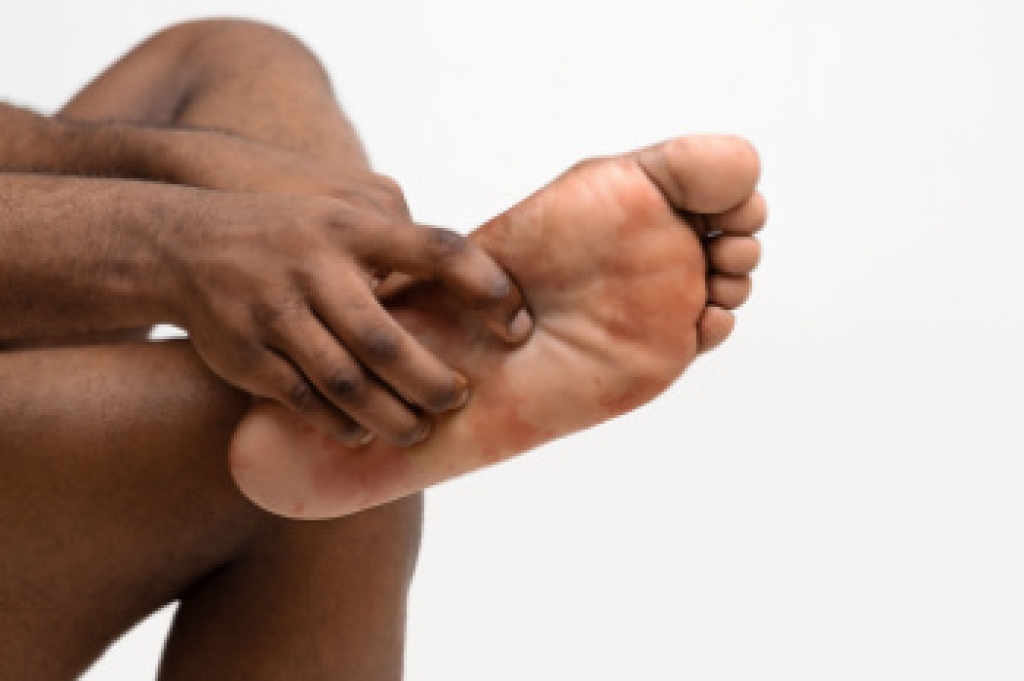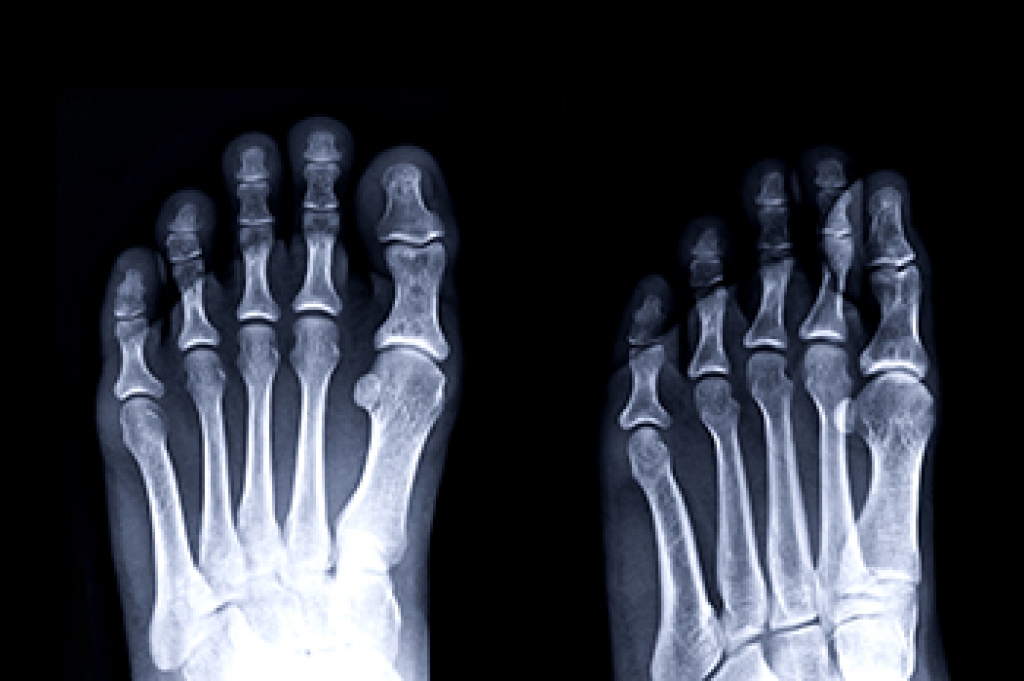
Plantar fasciitis is one of the most common causes of heel pain and affects people of all ages and activity levels. It occurs when the thick band of tissue that connects the heel bone to the toes becomes inflamed, often due to overuse, high arches, flat feet, or prolonged standing. Symptoms typically include sharp heel pain, especially with the first steps in the morning or after sitting for long periods. The foot may feel tight, sore, or swollen along the bottom, and discomfort often worsens after exercise. A podiatrist can diagnose plantar fasciitis through a physical exam, gait evaluation, and imaging when needed. Treatment includes stretching exercises, custom orthotics, or supportive footwear. Early care can prevent chronic pain and help restore mobility. It is suggested that you make an appointment with a podiatrist to relieve your heel pain and promote healthy movement.
Plantar fasciitis can be very painful and inconvenient. If you are experiencing heel pain or symptoms of plantar fasciitis, contact Christopher Murphy, DPM from Murphy Foot and Ankle Medicine and Surgery. Our practitioner can provide the care you need to keep you pain-free and on your feet.
What Is Plantar Fasciitis?
Plantar fasciitis is the inflammation of the thick band of tissue that runs along the bottom of your foot, known as the plantar fascia, and causes mild to severe heel pain.
What Causes Plantar Fasciitis?
- Excessive running
- Non-supportive shoes
- Overpronation
- Repeated stretching and tearing of the plantar fascia
How Can It Be Treated?
- Conservative measures – anti-inflammatories, ice packs, stretching exercises, physical therapy, orthotic devices
- Shockwave therapy – sound waves are sent to the affected area to facilitate healing and are usually used for chronic cases of plantar fasciitis
- Surgery – usually only used as a last resort when all else fails. The plantar fascia can be surgically detached from the heel
While very treatable, plantar fasciitis is definitely not something that should be ignored. Especially in severe cases, speaking to your doctor right away is highly recommended to avoid complications and severe heel pain. Your podiatrist can work with you to provide the appropriate treatment options tailored to your condition.
If you have any questions, please feel free to contact our offices located in Edgewater Port Orange . We offer the newest diagnostic and treatment technologies for all your foot care needs.




